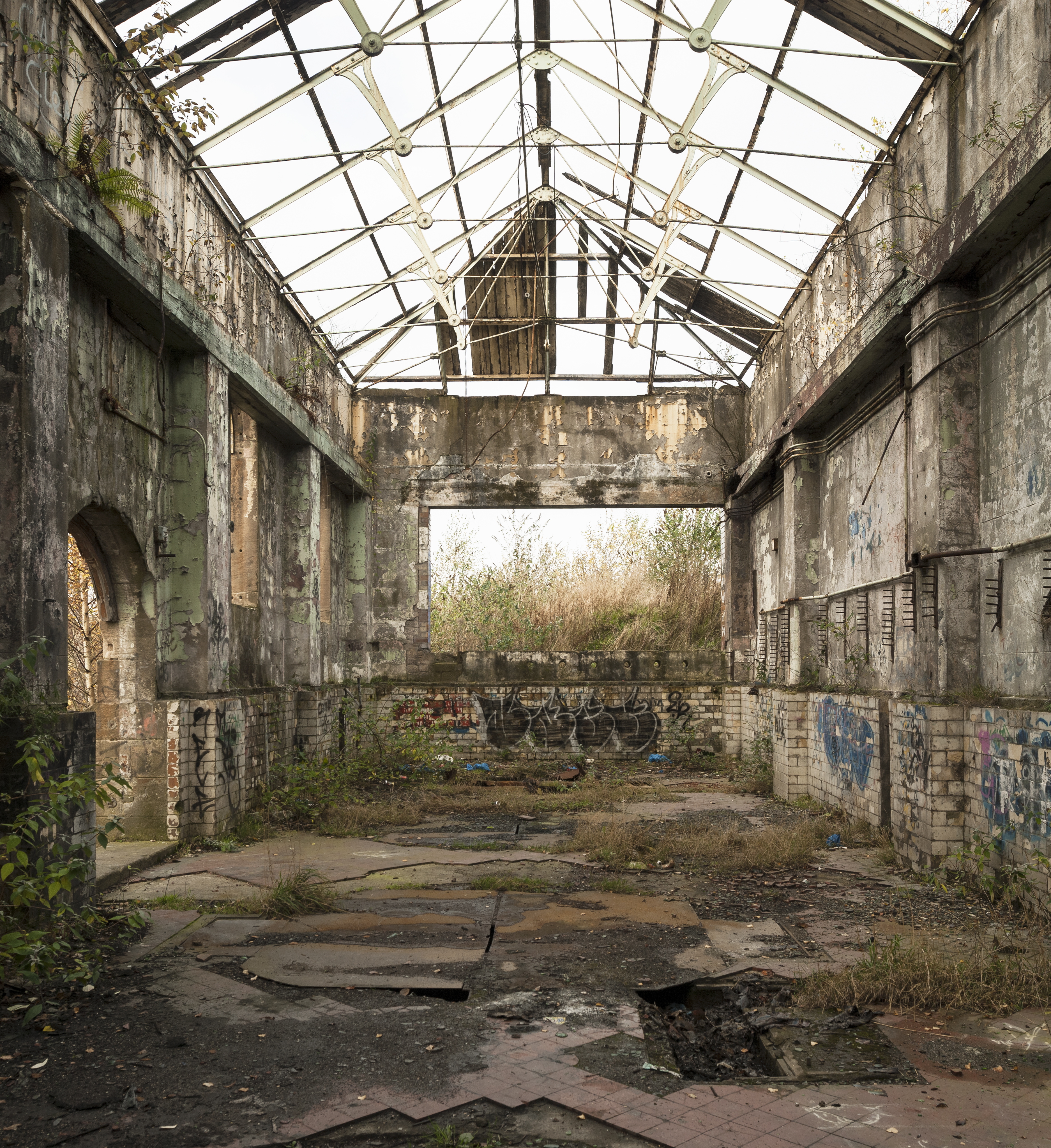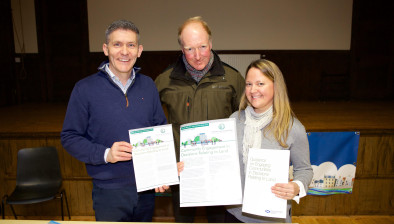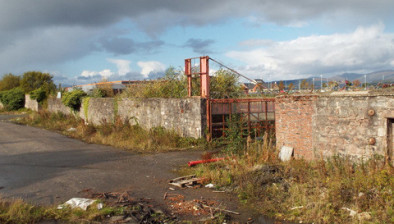Scottish Land Commission’s vacant land taskforce recommendations ‘are driving action’
The opening of a new £50 million Scottish Government fund to help transform thousands of hectares of vacant and derelict land across Scotland signals a commitment to tackling the legacy blighting communities, according to the Scottish Land Commission.

®Tom Manley
Scotland has almost 11,000 hectares of vacant and derelict urban land, with 28% of the Scottish population living within 500 metres of a derelict site. This land can be reused to help achieve Scotland’s targets for climate change, wellbeing and the economy.
Now open to applications for 2021 to 2022, the new fund follows recommendations made by the Vacant and Derelict Land Taskforce in October last year to transform Scotland’s approach to tackling the legacy of derelict land and ensure that it is no longer acceptable to allow land to fall into long term disrepair.
In particular, the recommendation to establish a major national green infrastructure investment programme to bring the legacy of stuck sites back into use in ways that will contribute to a fair and green recovery, support job creation and skills development and help rebuild community resilience. The fund demonstrates the Scottish Government commitment to bringing these sites back into use to deliver multiple benefits for both communities and the economy.
Following the Taskforce recommendations, there has been a growing movement from organisations to change their approach to tackling derelict land to provide much needed greenspace, growing space, community facilities, housing or businesses.
Andrew Thin, chair of the Scottish Land Commission and Vacant and Derelict Land Taskforce, said: “Bringing derelict urban places back into use brings a wide range of benefits to communities, including helping tackle climate change, improving health and wellbeing, creating more resilient communities and rebuilding our economy.
“The Vacant and Derelict Land Taskforce recommendations have been pivotal in bringing a focus to the potential vacant and derelict land can bring to communities, and Scotland. Real change is happening to how we see this land and Scotland’s approach to tackling derelict sites, realising the opportunities it can bring across a range of policy areas such as community regeneration, wellbeing and public health.
“The taskforce recommendations require commitment from government, as well as public and private organisations and landowners. It is great to see the range of activity that is underway since the recommendations were published and how partners are incorporating them in their own policies.”
Scottish Enterprise is driving change through its work with the business community. Embedding responsible land re-use into corporate culture by ensuring purchasers of Scottish Enterprise interests do not allow land to become abandoned or neglected. The enterprise agency is also considering how best to ensure funding assessment criteria focuses on more than the financial benefits and acknowledges wider non-economic and natural benefits.
Green Action Trust has integrated the taskforce recommendations into their future work programme, as Deryck Irving explains: “We have been working closely with local authorities and other public sector partners to bring the taskforce recommendations to life. This has included a significant amount of work to map and assess the sites which have greatest potential for delivering much needed greenspace and green infrastructure in communities. We are also working with the Land Commission and the renewables sector to identify opportunities for delivering biodiversity enhancements and other environmental benefits through restoring key vacant and derelict sites.”
Development Trusts Association Scotland (DTAS) is driving real change on the ground and helping communities to reimagine their spaces and places by leading the regeneration of derelict sites.
Karlene Doherty, vacant and derelict land project manager, added: “DTAS has been working in partnership with the Scottish Land Commission to deliver the Vacant and Derelict Land Project for the past eight months. The project has been established in response to feedback from DTAS members who want to tackle the blight of vacant and derelict land in their communities but felt underconfident in taking these projects forward due to the complex issues the sites often come with.
“The project is giving focussed support to seven community-led organisations. All of these groups have identified specific sites within their communities that are currently causing harm through blight and dereliction but pose the potential to be repurposed to meet the community’s needs.
“One group who are progressing at pace are Carluke Development Trust. They plan to transform a derelict, category A listed windmill into a heritage tourism asset which delivers benefit to the local community too.”
Bringing derelict land back into use can help Scotland respond to the challenges of the pandemic. Ali MacDonald, organisational lead for healthy active environments at Public Health Scotland, said: “The taskforce recommendations have been key in bringing a renewed focus to the opportunity vacant and derelict land can bring to communities. Public Health Scotland’s COVID-19 Social and Systems Recovery Environment and Spaces Group recognises the potential of reusing vacant and derelict land in providing local open and green spaces to support the health and wellbeing of our communities.
“The impact of COVID-19 has demonstrated clearly the benefits of being outdoors in greenspace for people’s mental and physical health. However not everyone has felt these benefits equally. With the support of the new fund we now have an opportunity to prioritise Scotland’s long-term neglected sites, that are often located in areas with higher levels of deprivation and poorer health outcomes, and transform these into valuable local assets that provide quality outdoor spaces on people’s doorsteps for recreation, socialising, play and learning and support the development of 20 Minute neighbourhoods.”









